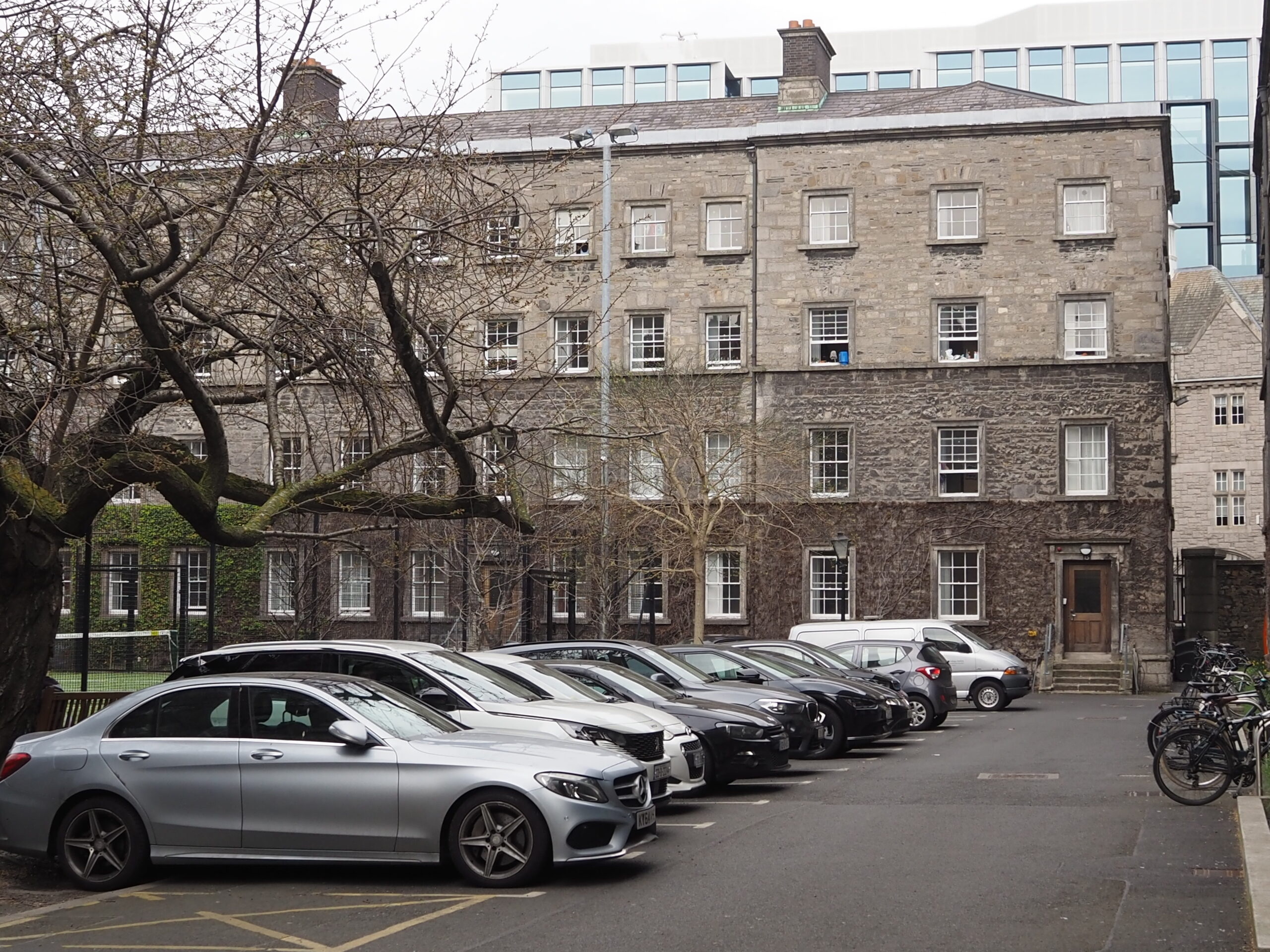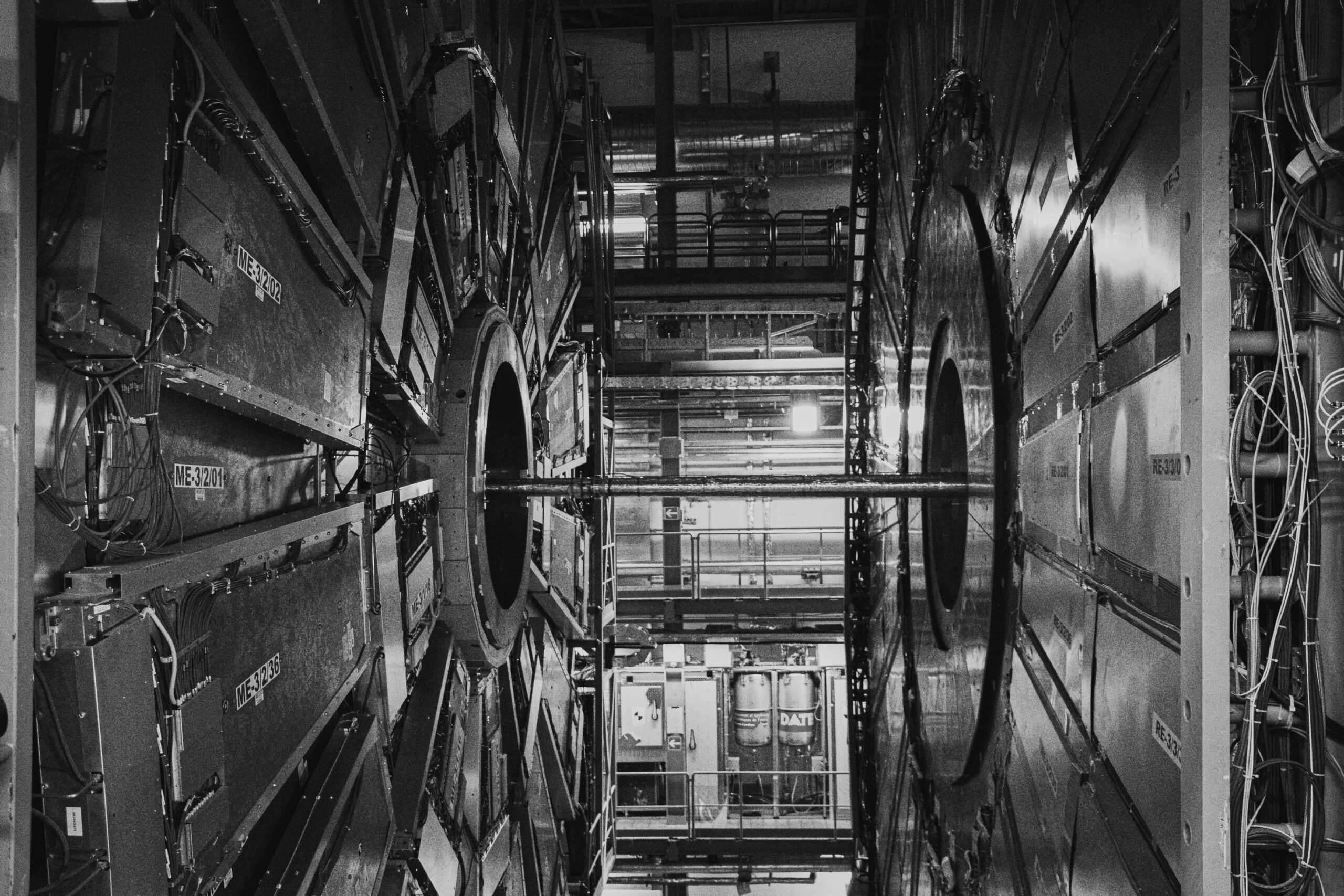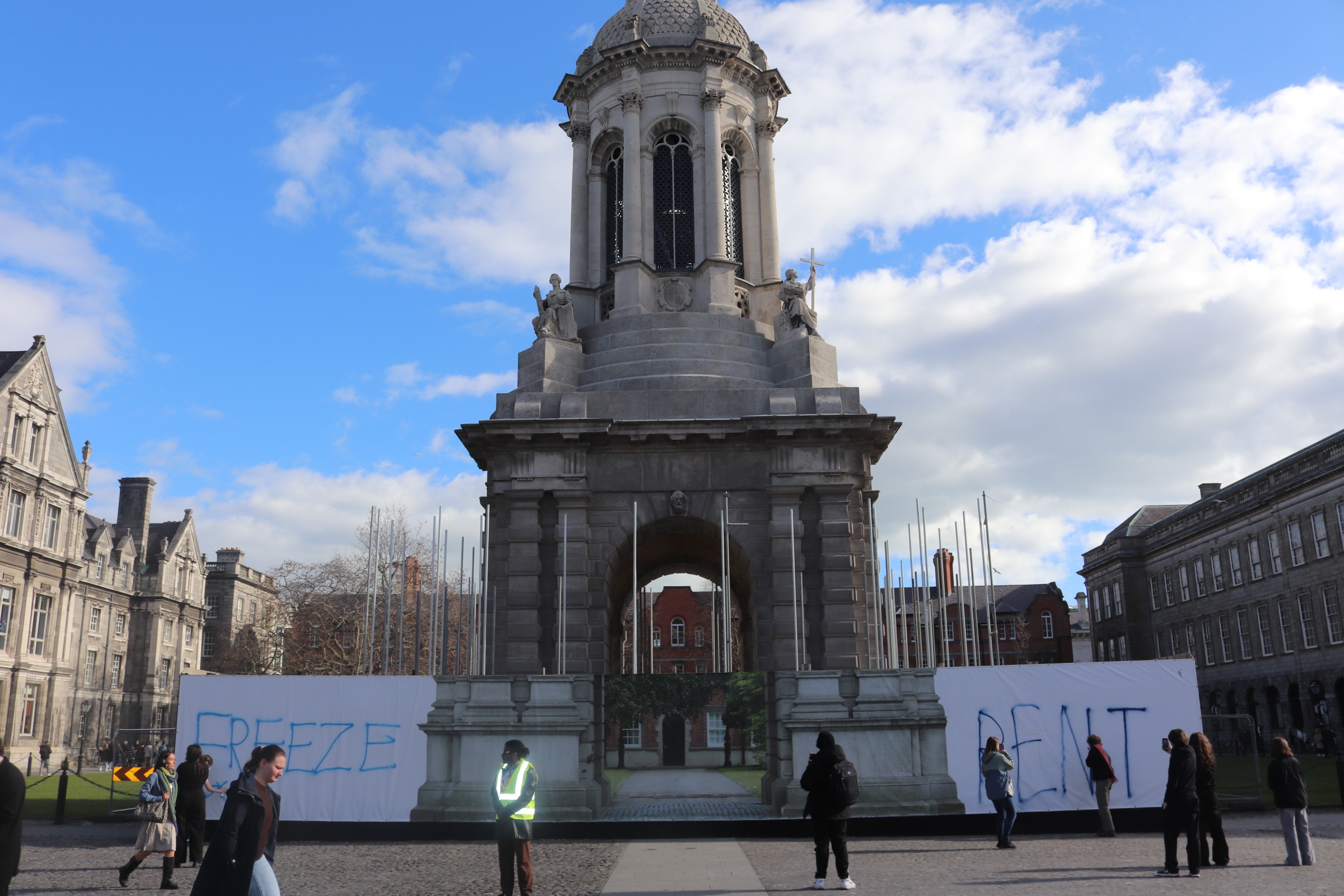Higher Education Minister Simon Harris had some good news this week for higher education’s big stakeholders, after announcing the tender for six new higher education buildings across the country.
The new buildings – which are part of Project Ireland 2040 – will be built in Cork IT, IT Tralee, Technological University Dublin, Athlone IT and IADT, and are expected to allow an additional 8,000 students to enrol in higher education.
It’s no secret that third-level has long been mired in financial uncertainty, and the current pandemic has only exacerbated cash flow fears in higher education institutions.
In May, for example, this Editorial Board wrote about the perils of overambitious promises regarding capital projects – in response to news that Trinity was adopting a “business as usual” approach to their new construction projects – given the litany of dire economic warnings that the third level sector was facing. Less than one month later, this newspaper reported that Trinity was considering a €20 million cutback on its new buildings.
There has been a noticeable paradigm shift in government policy regarding third-level since the creation of the Department of Higher Education. Harris seems to be determined not to let higher education suffer the same fate as the last recession: vicious cutbacks which led to an overall poorer standard to teaching and research.
While this tender is indisputably a good thing, it is not without its caveats – as with anything in politics. As part of a public-private partnership, these buildings will be constructed by private companies, who will have involvement in the operation and maintenance of these buildings for the next 25 years. But for a sector that has, in recent years, been in the throes of a funding crisis, it’s difficult to reject the prospect of increased investment.
Simon Harris has been consistent with his stance that the Department of Higher Education will have an “economic focus”, and, this business-driven approach has been paying its dividends, for now at least.






